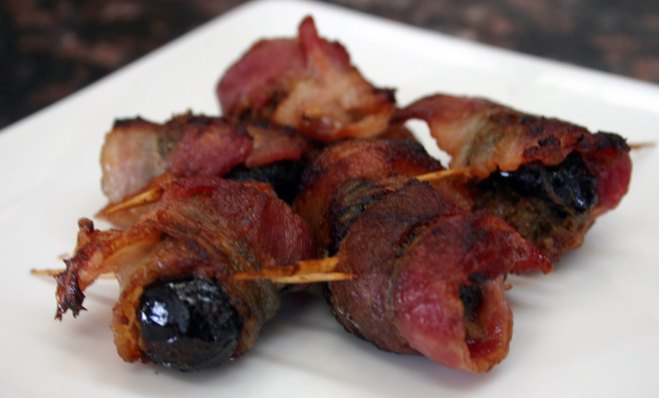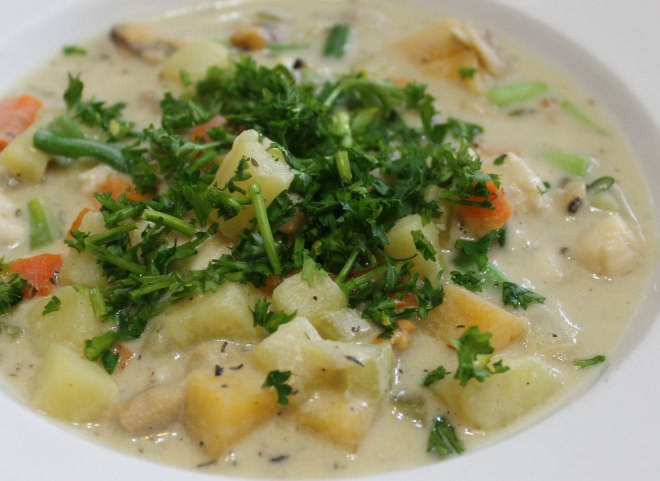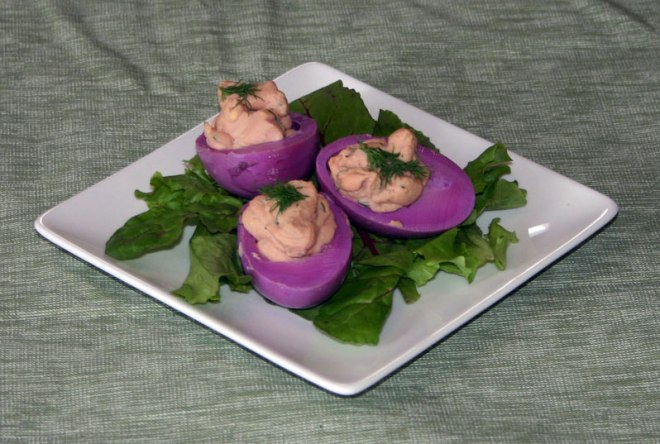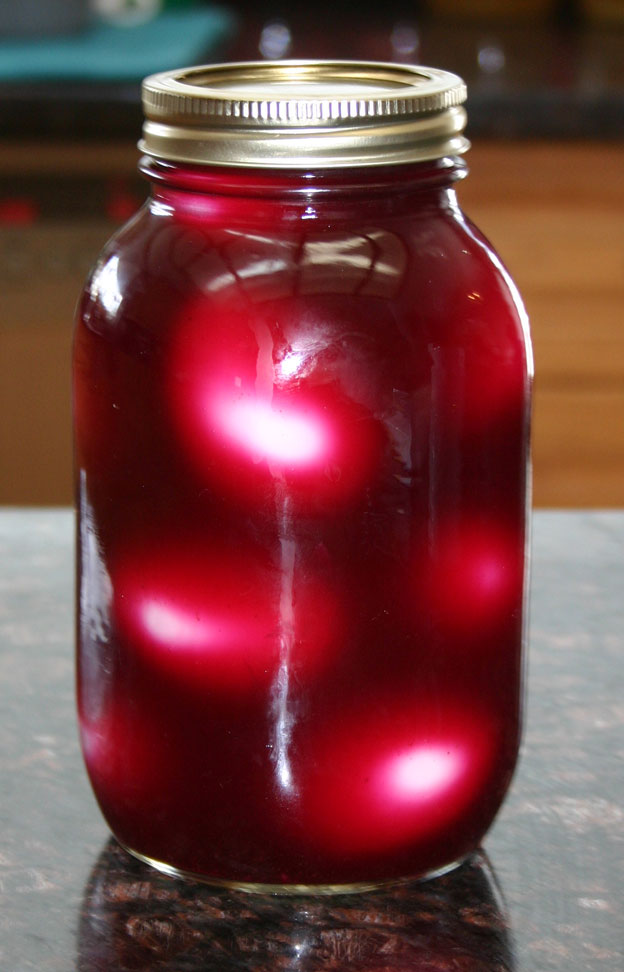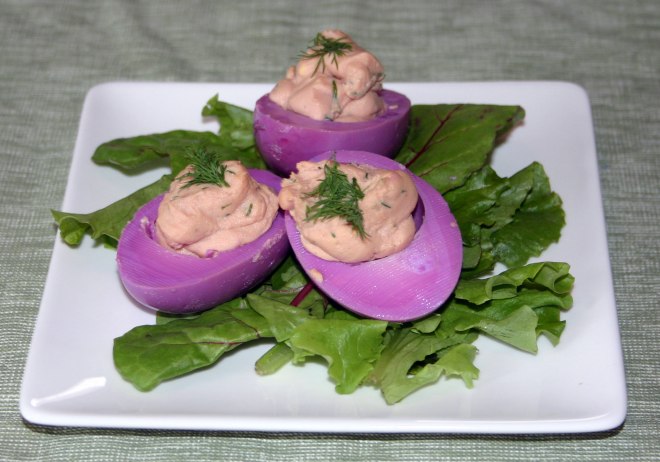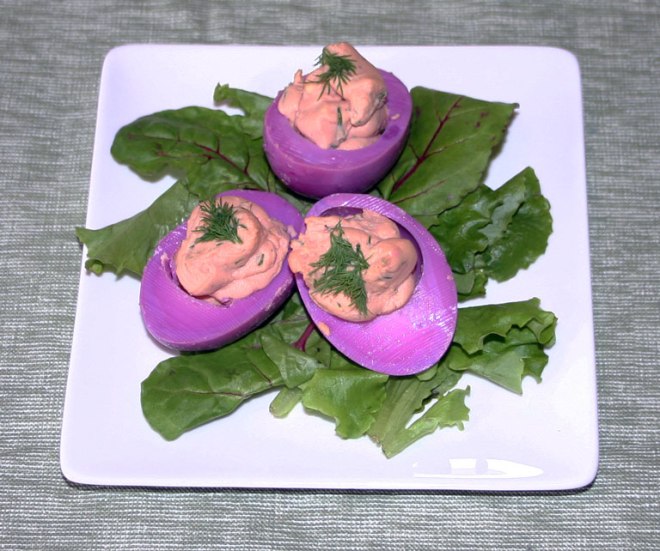
image from http://www.infoscraps.com/
Easter is only a few days away, and if you are AIP, you may be wondering how you are going to manage during this season of eggs and chocolate.
All these great recipes show that it is possible to still have an enjoyable Easter celebration while maintaining your AIP diet.
Breakfast/Brunch
Ground Beef Hash – by Salixisme
Rutabaga Hashbrowns – by Salixisme
Perfect Breakfast Sausage – by Phoenix Helix
Breakfast Bowl – by Enjoying This Journey
Instant Oatmeal – by Grazed and Enthused
Apple And Cranberry Oatmeal – by Healing Family Eats
Baked Breakfast Casserole with Apples and Raisins – by Provincial Paleo
AIP Cinnamon Rolls – by Adventures In Partaking
Appetizers and Snacks
Pate Stuffed Bacon Wrapped Prunes and Bacon Wrapped Shrimp – by Salixisme
Ham and Parsley Terrine – by Salixisme
Sweet Potato Nachos = by It’s Me, Charlotte!
Zucchini Pinwheels of Prosciutto with Basil – By Sustainable Dish
Garlic and Artichoke Hummus – by Meatified
Stuffed Mushrooms – by Beyond The Bite
Korean Pork Dumplings – by Beyond The Bite
Easy Shrimp And Avocado Ceviche – by Gutsy By Nature
Chunky Tapenade – by Comfort Bites
Soups
Seafood Chowder – by Salixisme
“Cheesy” Broccoli Soup – by Comfort Bites
Crab Bisque – by He Won’t Know Its Paleo
Spiced Apple And Butternut Squash Soup – by Gutsy By Nature
10 Minute Spring Soup – by Fresh Tart
Quick Onion Soup – by Meatified
Fennel and Spinach Soup – by Healing Family Eats
Salads
Lacto-Fermented Beet and Carrot Salad – by Salixisme
Colorful Nutrient-Dense Kale Salad – by A Squirrel In The Kitchen
Eat The Rainbow Salad – by The Paleo Partridge
Fennel And Apple Slaw – by This Sydney Life
Early Spring Salad With Grapefruit And Ginger Viniagrette – by Autoimmune Paleo
Easy Middle Eastern Inspired Coleslaw – by Provincial Paleo
Squash, Beet And Apple Salad – by Fresh Tart
Entrées
Glazed Ham – by Salixisme
Saffron Roast Lamb – by Salixisme
Moroccan Lemon and Herb Roast Chicken – by Salixisme
Slow Cooker Kalua Pig – by Nom Nom Paleo
Slow Roast Prime Rib – by Autoimmune Paleo
Poached Halibut and Beets – by Paleo Porn
Roast Duck Breasts with Raspberry and Orange Sauce – by Comfort Bites
Mint Lamb Burgers – by The Bacon Mum
Lamb and Beet Greens Stuffed Acorn Squash – by Whole Life Full Soul
Side Dishes
Roasted Beets and Sweet Potatoes – by Salixisme
Lemon and Thyme Braised Leeks – by Salixisme
Roasted Garlic Mashed Rutabaga – by Sweet Potatoes And Social Change
Creamed Spinach – by Predominantly Paleo
Bacon Balsamic Wrapped Asparagus – by Beyond The Bite
Citrus And Sage Roasted Baby Carrots – by Meatified
Cinnamon Raisin Soda Bread – by Beyond The Bite
Garlic Rosemary Breadsticks – by He Won’t Know Its Paleo
Dairy Free Butter – by He Won’t Know Its Paleo
Desserts
Choco-Bananacado Mousse – by Salixisme
Strawberry Rhubarb Crumble – by Sweet Treats
Mini Strawberry Shortcakes – by Sweet Potatoes And Social Change
Banana Coconut Pudding – by The Paleo Pi
Squash Panna Cotta – by a Fresh Tart
No Bake Lime Tartlets – by Beyond The Bite
Paleo Chocolate Lava Cakes – by Grazed And Enthused
Thyme Scented Strawberry Fool – by Healing Family Eats
Saffron Mango Mousse – by Adventures In Partaking
Autoimmune Paleo Salted Caramel Icecream – by Primal Palate
Sweet Treats and Candy
Homemade Marshmallows – by Salixisme
Lemon Gummies – by Backcountry Paleo
Blood Orange Gummies With Kombucha – by Sweet Treats
Turkish Delight – by The Paleo Partridge
Pontefract Cakes – by Petra8paleo
Coconut And Carob Truffles – by A Squirrel In The Kitchen
Mint “Chocolate” Truffles – by Grazed and Enthused
Cocoa Butter Stuffed Dates – by Heartbeet Kitchen
Beverages
Strawberry And Mint Refresher – by Salixisme
Cranberry Ginger Mocktail – Sweet Potatoes and Social Change
Ginger Ale – Healing Family Eats
Ginger Mint Limonade – by the Tasty Alternative
Dairy Free Strawberry Milkshake – by Pure and Simple Nourishment
Herbal “Coffee” – by Provincial Paleo
Cinnamon Vanilla Herbal “Coffee” – by Delicious Obsessions
Ginger Basil Tea – by Paleo Living Magazine
Shared at: Full Plate Thursday. Home and Garden Thursday, All Things Thursday, Wicked Awesome Wednesday, Feature Fridays Linky Party, The Wednesay Bloghop, What’d you do this weekend, Awesome Life Friday, Natural Family Friday, Gluten Free Friday, Real Food Friday, Five Friday Finds

